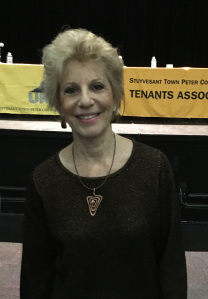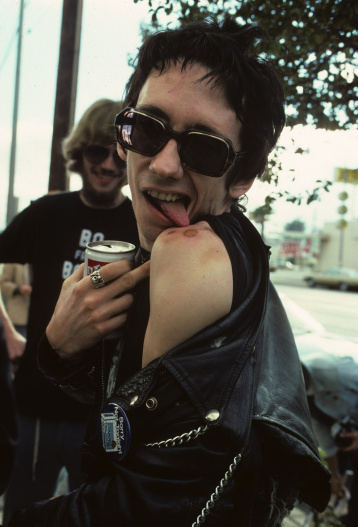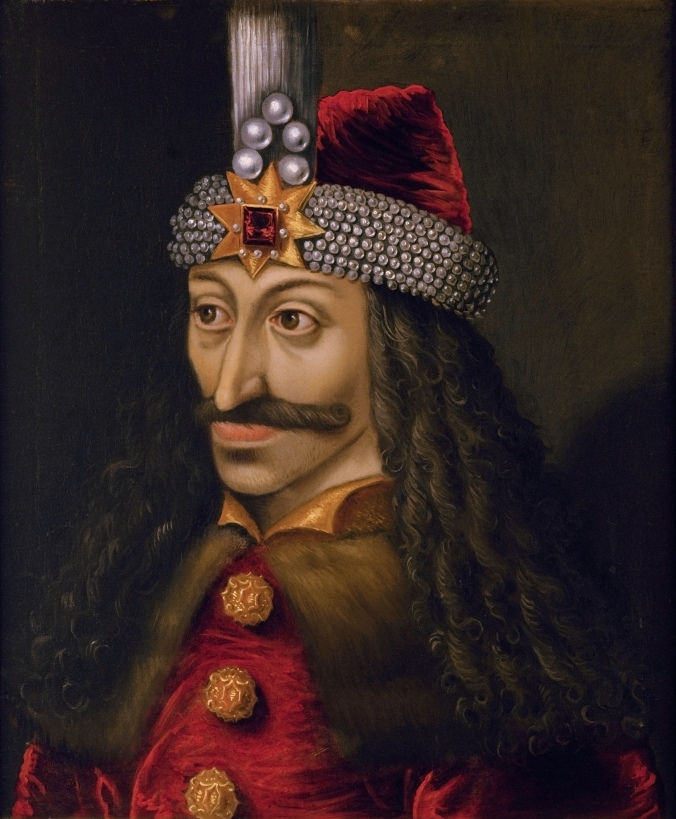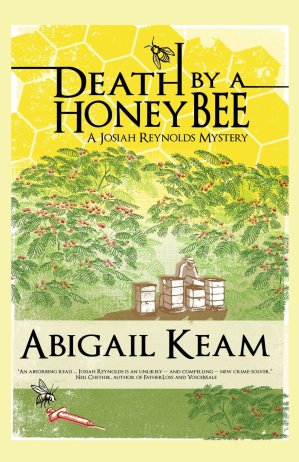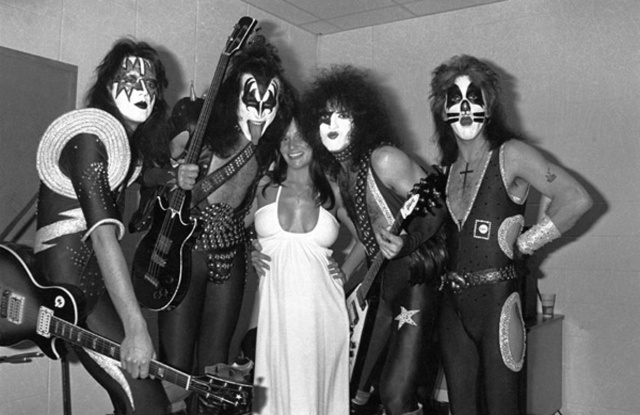Famous author Olive Wellwood writes a special private book, bound in different colours, for each of her children. In their rambling house near Romney Marsh they play in a story-book world – but their lives, and those of their rich cousins and their friends, the son and daughter of a curator at the new Victoria and Albert Museum, are already inscribed with mystery. Each family carries its own secrets.
They grow up in the golden summers of Edwardian times, but as the sons rebel against their parents and the girls dream of independent futures, they are unaware that in the darkness ahead they will be betrayed unintentionally by the adults who love them. This is the children’s book.
I wanted to love this. Dark, even gothic — a look into a writer’s favouritism of her children. I don’t know if this was intentional, but The Children’s Book sometimes read like a historical biography. The reader is told that between the years 1907 and 1914 this person did this thing, and now that we’ve been caught up, let’s move on to the next character. In a way, it was a parallel to how Olive Wellwood sees her children — let’s just say that some get more page time than others, that’s for sure.
Because of the occasional resemblance to a factual text, this book had the unfortunate tendency to be rather dry. I would speed-read a couple pages every now and again, because as interesting as the political climate at the end of the Victorian era was, I was also eager to get back to the characters at hand. Speaking of which, there are a lot of characters. I just reviewed The Luminaries, and I imagined it would be difficult to find a novel as jam packed with people, but lo and behold The Children’s Book certainly gives The Luminaries a run for it’s money. I would go so far as to give yourself a least a third of the novel before you have any idea who’s who. Friends, old friends, friends of friends, and distant family members abound, and everyone seems to be sleeping together (or has in the past).
The sheer number of characters is especially confusing since the book takes place over a thirty year timeline. These people were children, and now they’re in their mid-twenties, but two hundred pages ago they weren’t. I don’t know how to feel. A.S. Byatt says it’s a book about the children of the early twentieth century, burdened by parents who forgot what it was to be young — a society changing so rapidly that no one could keep up. World War I iwas right on the horizon, and these people truly have no idea what’s coming for them, nevermind others.
The children face immeasurable cruelty from right inside their home. It’s careless cruelty that sometimes could be seen as something else. Something emphasizing that it’s a hard world out there. Societal rules stop too many from being happy. Dorothy, an ambitious young woman, puts aside everything she ought to have so that she can pursue her dream of being a doctor. She doesn’t get to have both. Tom, ever the favourite, torn apart by a traumatic school experience, withdraws himself to an increasingly solitary lifestyle, isolating himself from his family members. His mother is so preoccupied with his troubles that she doesn’t notice her other six children desperately trying to keep their heads above water. Imogen and Pomona are perhaps the most heart-wrenching of the new generation — it’s never explicitly said what goes on in their household, but it isn’t difficult to imagine.
They’re all flawed. Every single one of them, because they’re people, and people are flawed.
It must be hard to right a satsifying ending for a book with as much depth as this one. Thankfully, A.S. Byatt doesn’t just attempt to write a conclusion for real life — the most satisfying ending for a book like this will never be neat. Children are only children for so long and too many decisions are made by the previous generations towards the fate of the next.
I really liked it. It’s not an easy book to read, and it’s a hard book to love, but there’s no denying that it’s an impressive feat. It’s not a family saga and it’s not a character study and it’s not a regular book. It’s not what I thought it would be, but my dad warned me that A.S. Byatt’s books never are. The Children’s Book has a bit of something for everyone, but when put together in one novel I don’t think it’ll work for many people.
Maybe it’s a masterpiece.
I really enjoyed this review. I don’t agree with everything, but I agree with a lot.
trigger warnings: pretty much everything. if you have triggers, be warned and do your research, because this book’s got it all.
- from The United Kingdom.
- read September 2017, book #18.
- published 2009, 617 pages.
- I found this copy on my dad’s bookshelf.
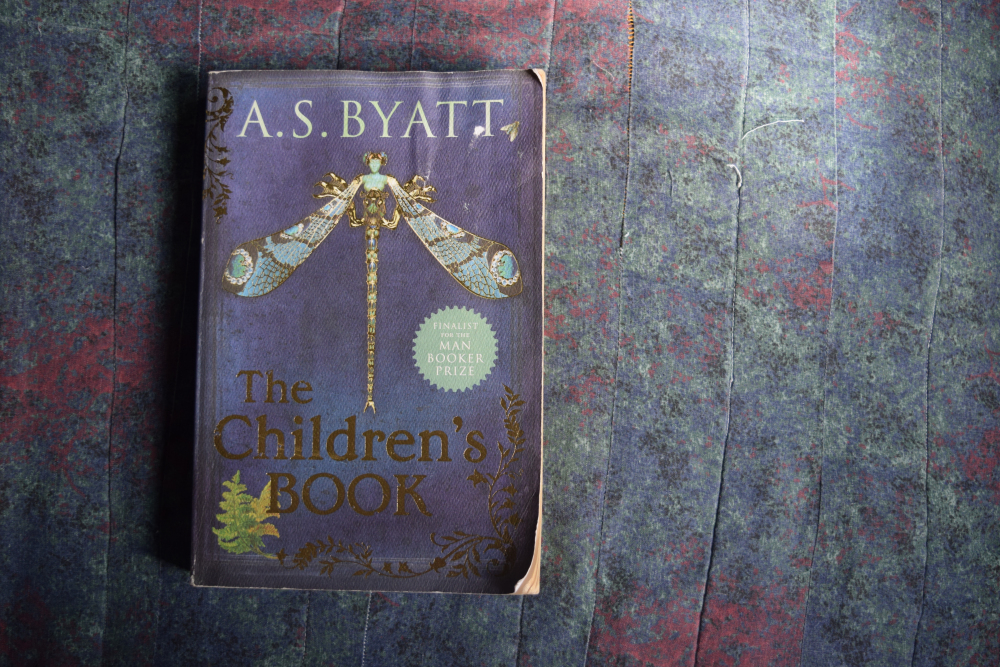
Have you read this book? What did you think? Did you find it difficult to keep track of the characters?
Advertisements Share this: